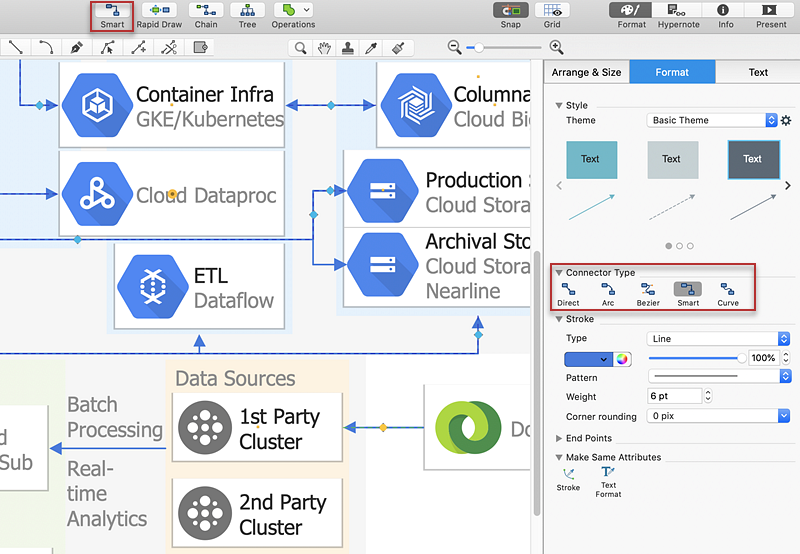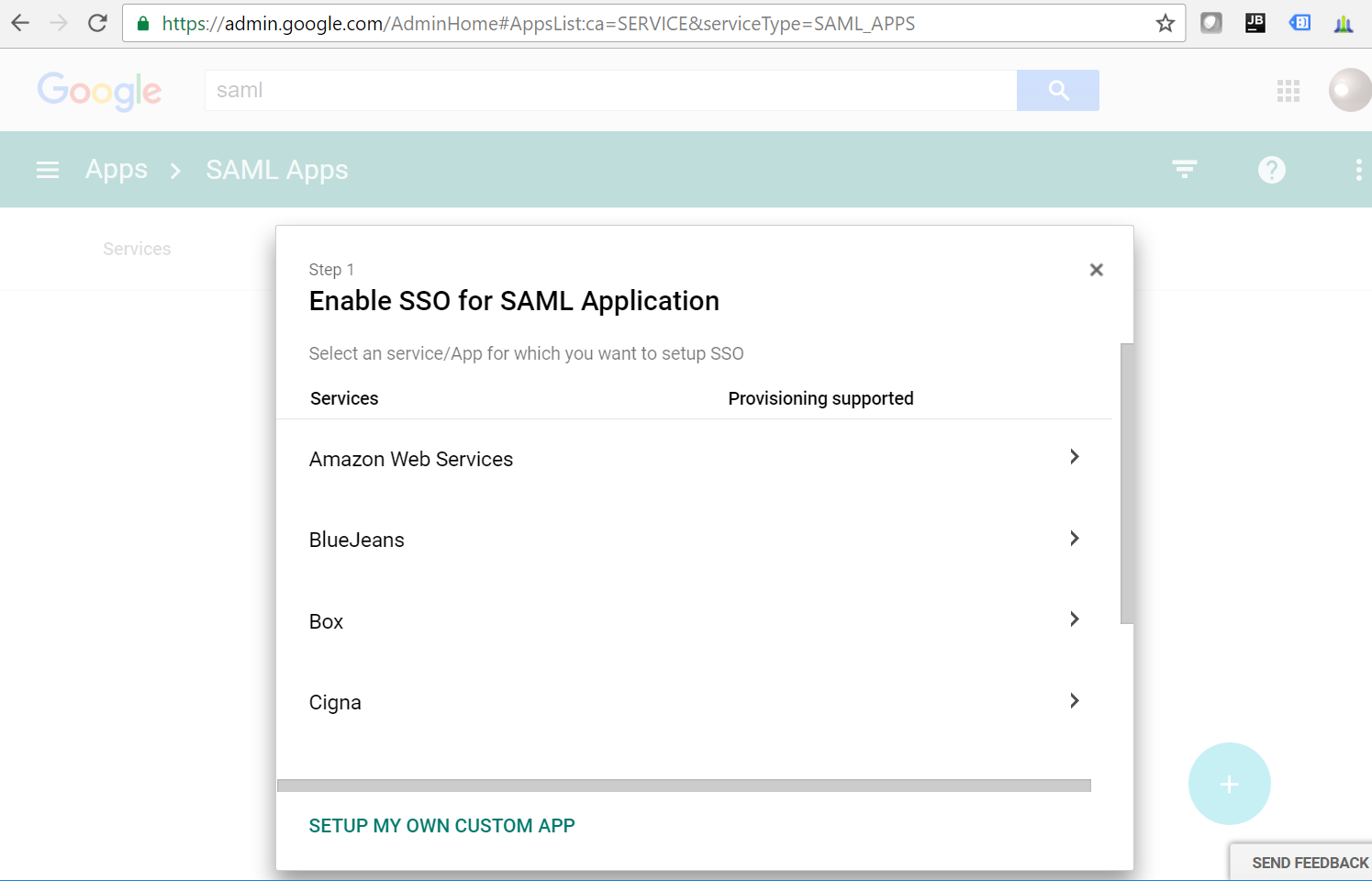

- #IMPORT CISCO ASAV ON GOOGLE CLOUD HOW TO#
- #IMPORT CISCO ASAV ON GOOGLE CLOUD INSTALL#
- #IMPORT CISCO ASAV ON GOOGLE CLOUD FULL#

OpenVPN connections can use username/password authentication, client certificate authentication, or a combination of both. Your device has basic support for OpenVPN servers.
#IMPORT CISCO ASAV ON GOOGLE CLOUD INSTALL#
To install a certificate, see the instructions below. If you don't have any certificates installed, you'll see an error message. Select your installed user VPN certificate from the list. User certificate: Used for user certificate connections only.If you are having trouble with your server certificate, you can select "Don’t check" to skip CA validation however, this skips an important security measure. The server's certificate will be checked to ensure that it was signed by the correct certificate authority (CA). Select your installed certificate authority certificate from the list. Server CA certificate: Used for user certificate connections only.In a typical set-up, everyone who connects to the same VPN server will use the same PSK. This key isn't your personal password, but a passphrase or key used in the IPsec configuration. Pre-shared key: Used for PSK connections only.If you’re unsure, leave this field empty. Group name: The client's IPsec identity field, which some VPN servers use to set up the Tunnel Group or User Realm.Each VPN user should have their own unique username and password. Username, Password: Your L2TP/PPP credentials.Provider type: Select L2TP/IPsec + Pre-shared key or L2TP/IPsec + User certificate.Service name: This can be anything you want to name this connection.
#IMPORT CISCO ASAV ON GOOGLE CLOUD FULL#

In the "Network" section, select Add connection.In the bottom right, select the time open the status area.Limitations: Chrome OS devices don't support IKEv2, XAUTH, or "raw" IPsec without L2TP.
#IMPORT CISCO ASAV ON GOOGLE CLOUD HOW TO#
To learn how to set up a Cisco ASA device, see Related articles. Tip: Cisco ASA devices can be set up to support L2TP over IPSec. The L2TP layer requires a username and password. The IPsec layer will either use a pre-shared key (PSK) or user certificates to set up the secure tunnel. $members = Get-MsolGroupMember -GroupObjectId $group.Your device has built-in support for VPNs that use L2TP over IPsec. $group = Get-MsolGroup -all |Out-GridView -PassThru # SET MFA FOR GROUP - DOES NOT AFFECT USERS IN GROUP THAT ALREADY HAVE MFA CONFIGURED ADDITIONAL SCRIPT THAT WOULD ALLOW TARGETING A GROUP OF USERS. Set-MsolUser -UserPrincipalName -StrongAuthenticationMethods $strongAuthMethod $strongAuthMethod.MethodType = "OneWaySMS" $strongAuthMethod = New-Object -TypeName THIS SCRIPT SHOULD BE RUN ON ALL NEW USER ACCOUNTS THAT ARE ABLE TO AUTHENTICATOR WITH OFFICE365/AZURE RESOURCES Also as a bonus I've included the scripts I wrote to automatically enable and configure MFA for users using SMS TXT option instead of making the users go through the annoying enrollment process.


 0 kommentar(er)
0 kommentar(er)
